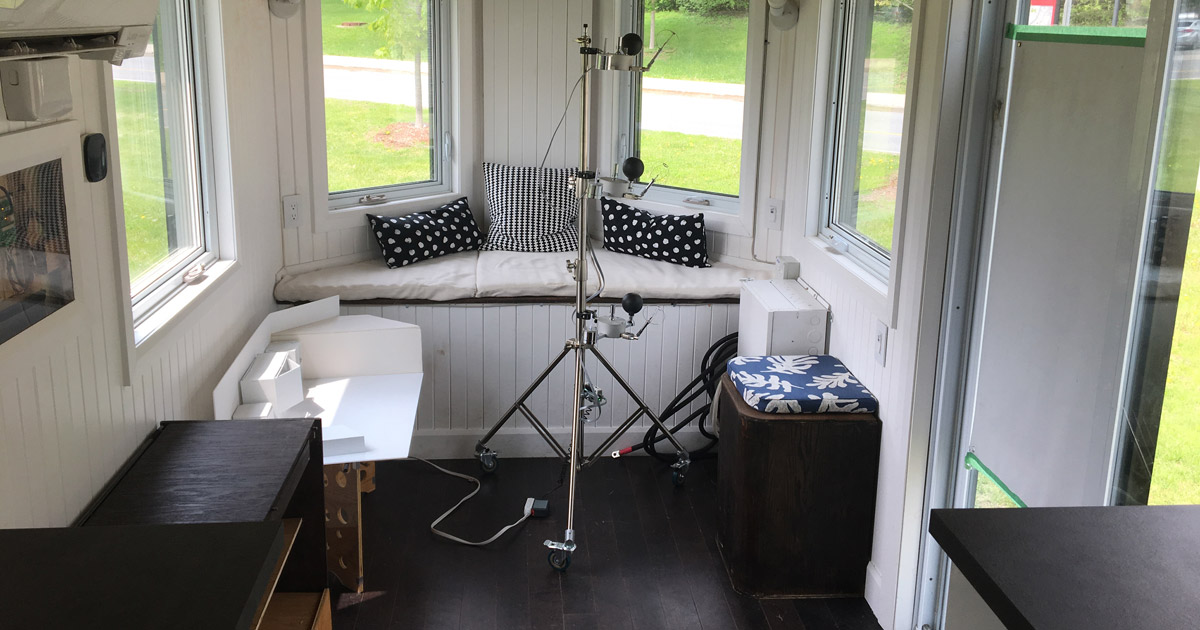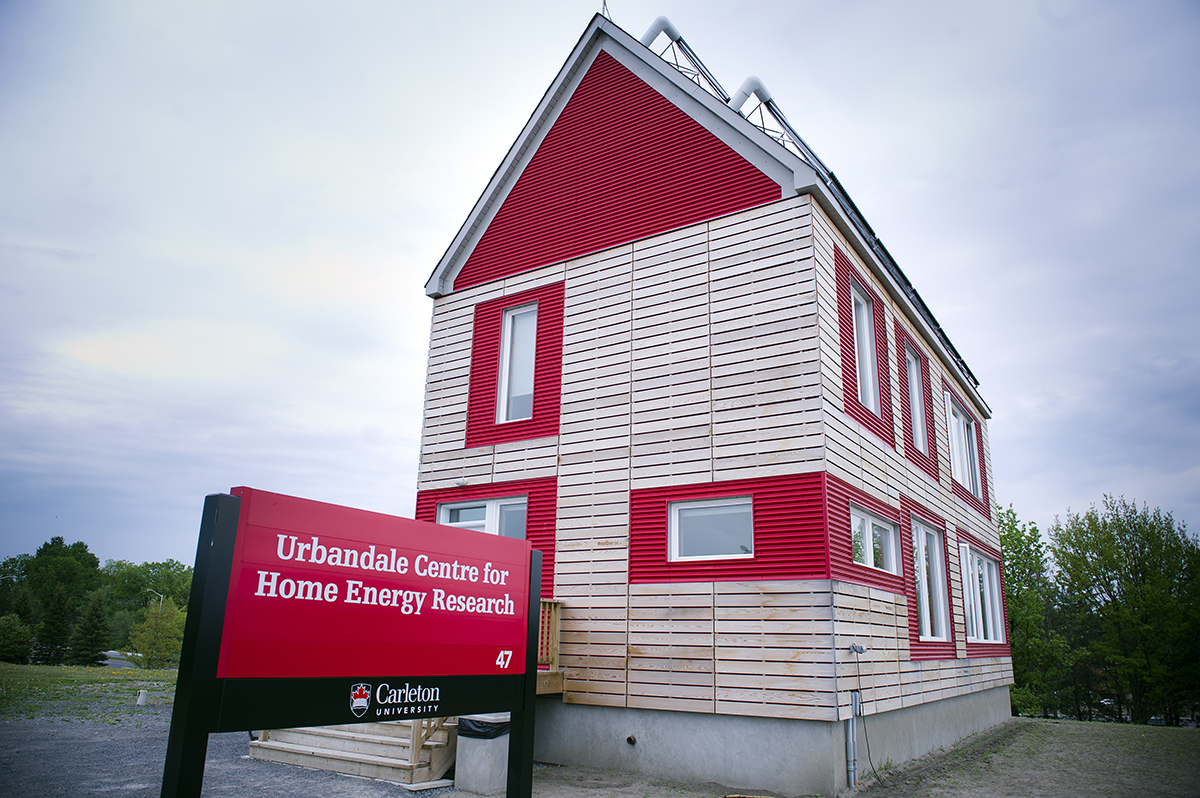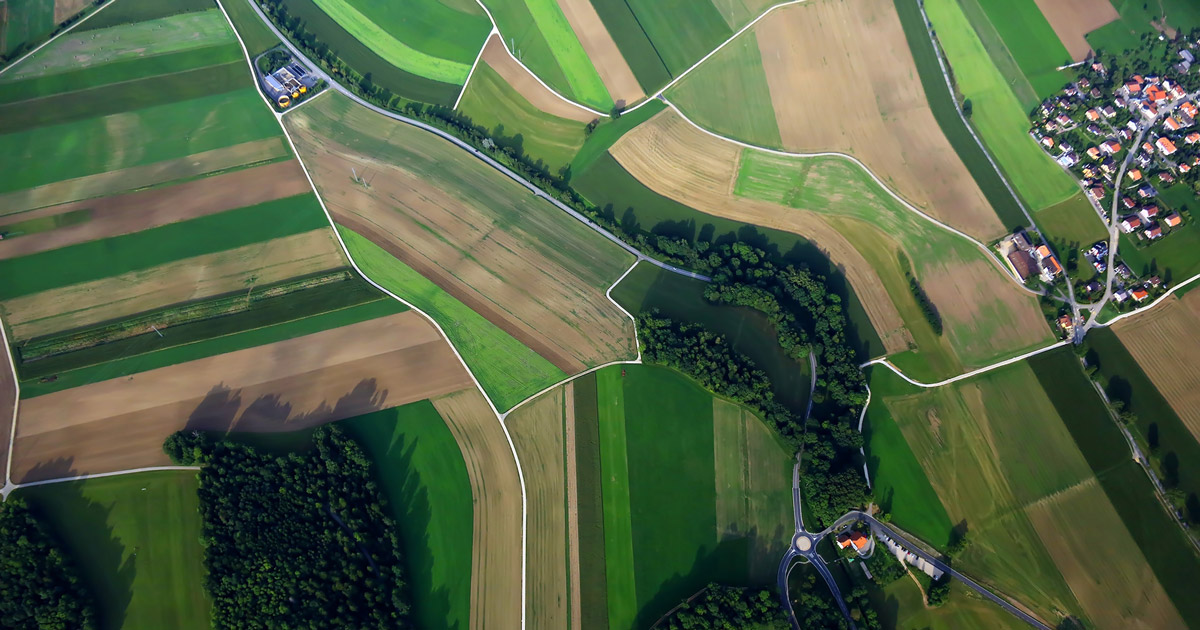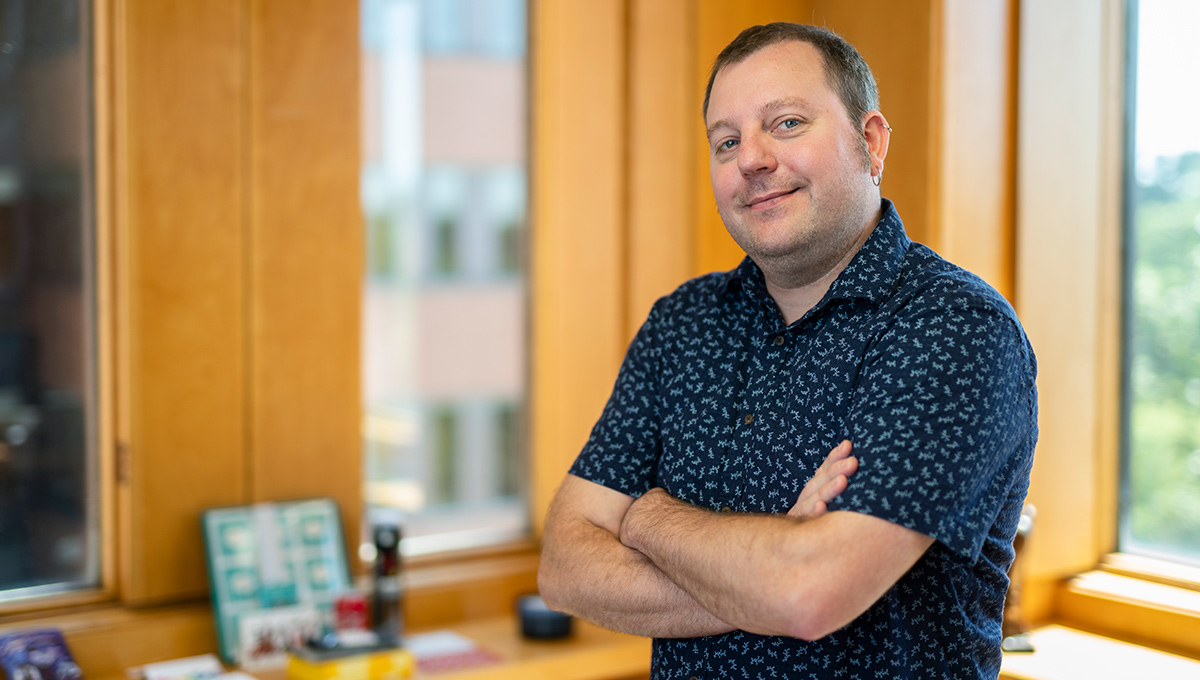By Tyrone Burke
Researchers at Carleton University are part of the global effort to ensure our future is more sustainable – whether that’s devising ways to reduce greenhouse gas emissions or preserving wildlife habitat.
And they are working with communities to adapt to existing impacts of climate change.
In northern Canada, thawing permafrost is a threat to communities and local ecosystems because it can release greenhouse gases that have been sequestered for centuries in the ground, weakening the soil. This can result in buildings sinking partly into the ground, and even landslides.

Prof. Stephan Gruber
Thawing permafrost will have lasting consequences, but Prof. Stephan Gruber is leading an effort to mitigate them. PermafrostNet is a five-year, $5-million initiative seeking to understand and predict permafrost thaw and its consequences. It brings together scholars, stakeholders and Indigenous communities that share the goal of boosting Canada’s ability to adapt, using local data to produce larger-scale predictions and prototype new products and practices.
In southern Canada, we have a different problem with our buildings. Residential and commercial buildings account for more than 20 per cent of Canada’s greenhouse gas emissions, and most of the energy our buildings use goes to heating and cooling. A lot of it is unnecessary. Many existing buildings have inefficient envelopes and improving them could yield enormous reductions in emissions.

Creating Greener Buildings with Sustainability in Mind
Carleton’s Centre for Advanced Building Research (CU-CABER) is developing new technologies to make new builds more efficient and allow existing structures to be retrofitted to become more energy efficient.

Prof. Cynthia Cruickshank
“Better building envelopes promise to make our homes, schools and places of work more comfortable, durable and resilient,” says Cynthia Cruickshank, an associate professor of Mechanical and Aerospace Engineering who is leading the six-year, $5.1-million initiative.
“Building envelope products, practices and regulations have significantly improved over the last three decades, but Canada now faces pressing energy, environmental and infrastructure challenges that necessitate new building envelope research.”
CU-CABER is just one of the ways that Carleton researchers are engineering greener buildings. In the northeastern corner of campus, there is a house that stands alone on a hill overlooking the Rideau Canal. Trimmed in red, and covered in solar panels, it’s called the Urbandale Centre for Energy Research.

Urbandale Centre for Energy Research
This research facility looks like a residential building and that’s by design. It was commissioned in 2015 as an experimental facility to test novel and unproven concepts to radically reduce Canadian housing’s reliance on conventional energy sources. It is currently used for research on topics that will help make homes more energy efficient, including energy storage, solar energy systems and air-source heat pumps.
Reducing emissions will be critical to the future of our planet, but it is only one aspect of addressing the climate crisis. The carbon that we emit into the atmosphere is processed by plant photosynthesis. Trees, shrubs and marine algae take in carbon and produce oxygen. Without them, we would not have our atmosphere to begin with.

Challenging Conventional Wisdom
Prof. Lenore Fahrig is questioning long-held orthodoxies in conservation biology – in ways that could help conserve more forests overall. For decades, there has been an orthodoxy that large, contiguous tracts of land are better for biodiversity than multiple, smaller parcels that add up to the same area overall.
The main argument is that some species prefer the interior part of a habitat and seem to thrive on the forest floor, where it is dark and humid. These species will not be as abundant on the edges of the forest, which is drier and receives more direct sunlight. And if you conserve 10 small patches of forest, there is a lot more edge and a lot less interior than there is in one large contiguous area. And that means you’ll have less biodiversity.

Prof. Lenore Fahrig
So that’s the logic, but it hasn’t been directly tested. Fahrig’s work on this issue earned her recognition from Web of Science as one of the world’s most highly cited researchers in 2020, and she was awarded a Guggenheim Fellowship to systematically examine this long-held orthodoxy. The literature indicates that it likely incorrect and, if the orthodoxy shifts, it could motivate us to conserve more small parcels of land – like tiny patches of forests within a city.
During the COVID-19 pandemic, many of us have recognized the value of this type of small natural area. During lockdowns, small patches of forest became a haven from rapid, unpredictable changes. But it is not only during a pandemic that natural areas can help our mental health.

Prof. John Zelenski
“Exposure to nature can make people happier,” says Psychology Prof. John Zelenski, whose research has shown that it also makes people behave in more sustainable ways. He conducted a study in which people were shown the BBC nature documentary series Planet Earth and asked to participate in a virtual fishing exercise that “paid” them for the number of fish they caught. A control group was shown a different video about architecture in New York City.
“We found that when people were exposed to nature videos, they fished in a more sustainable way,” Zelenski says.
“It suggests that nature videos may have nudged people to be more co-operative. There could be some kind of connection in people’s minds. People may feel more connected and be willing to do more for the environment.”
Wednesday, April 21, 2021 in Environment and Sustainability
Share: Twitter, Facebook



